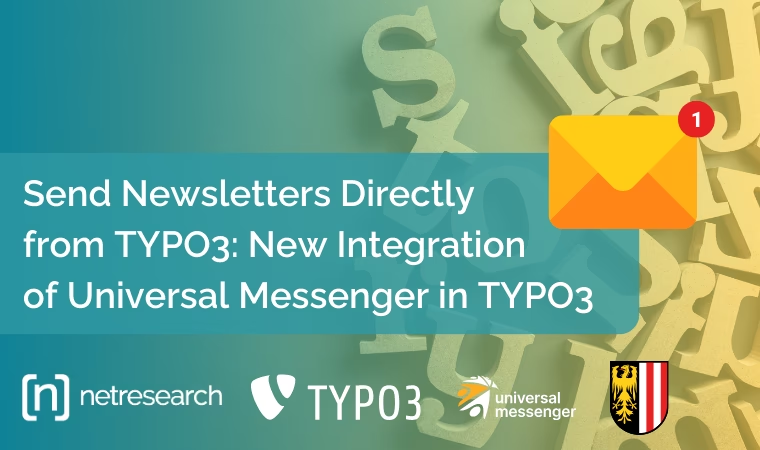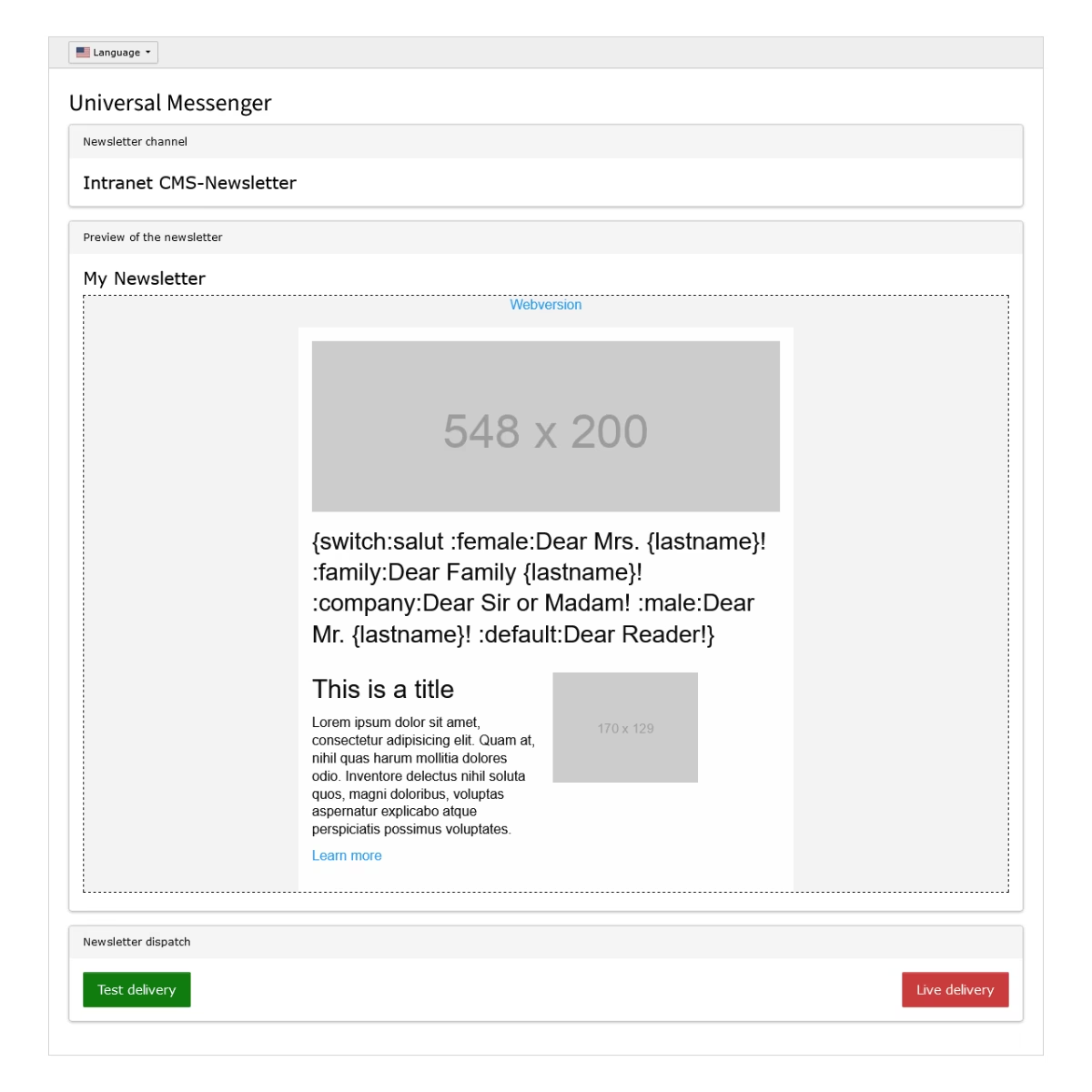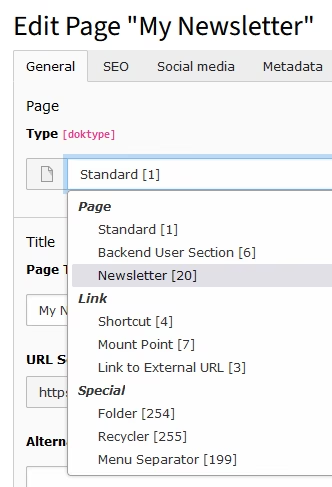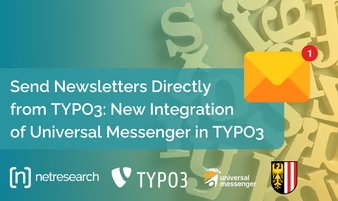Send newsletters directly from TYPO3: New integration of Universal Messenger in TYPO3
The province of Upper Austria has been using the content maintained in the content management system (CMS) to send newsletters for a long time. In co-operation with Netresearch, a new TYPO3 extension has now been developed based on the proven Universal Messenger (UM) from Pinuts. Editors can use it to easily compile newsletter content in the CMS and send it to any newsletter channel.
The challenge
The province of Upper Austria had already been using the "Universal Messenger" platform for years - among other things for sending newsletters, initially in conjunction with the OpenText CMS. With the switch to TYPO3, the question arose as to how the existing newsletter workflows and functionalities could be maintained and optimised in the new environment.
The requirements for the project were clearly defined:
- Sending newsletters directly from TYPO3: Editors should be able to send TYPO3 pages quickly and easily as newsletters.
- Seamless integration: The UM should be connected intuitively and without technical detours.
- User-friendliness: A clearly structured workflow and simple operation for users without having to jump back and forth between systems.
On behalf of the state of Upper Austria and with the support of Pinuts, the provider of Universal Messenger, Netresearch developed an integrated solution that ideally links the two systems for the user.
The solution: A customised TYPO3 extension connects two worlds
To fulfil the requirements, Netresearch developed a special TYPO3 extension that integrates the Universal Messenger directly into the TYPO3 backend. The most important functions of the solution include
- New backend module "Universal Messenger": after installing the extension, a new module is available that allows editors to send TYPO3 pages as newsletters. The module offers a preview function with which the layout of the newsletter can be checked in advance.
Extension of the page workflow: A new page type "Newsletter" has been added to clearly label newsletter pages in the TYPO3 page tree. Shipping channels imported from the UM can be selected via the page properties.
Import and management of mailing channels: The UM newsletter channels are imported into the TYPO3 system via a script and are available for selection there. The channels and all recipient data are still managed exclusively in UM to ensure data protection and data security.- Optimised newsletter dispatch: The dispatch process includes both test and live dispatch options. An XML file is generated with one click, which transmits the rendered TYPO3 page including inline CSS to the UM and triggers the dispatch there.
- Personalisation and control structures: The integration supports personalised content through control structures in the HTML code. This enables, for example, individualised addresses in newsletters. An alternative text mechanism was developed for display in the web view in order to replace personalised content with generic placeholders.
- Authorisation management for sending newsletters: An authorisation concept was implemented to determine which editors are allowed to send newsletters. This ensures that only authorised users can trigger the dispatch.
Technical realisation
The extension was developed in autumn 2024 on the basis of PHP 8.1 and TYPO3 v12. In the meantime, the extension has already been upgraded to TYPO3 v13.
The development included:
- SDK for the Universal Messenger: A separate PHP SDK that maps the API interfaces of the UM was created. This SDK forms the basis for communication between TYPO3 and the Universal Messenger.
TYPO3-specific extensions: In addition to the backend module, additional ViewHelpers were developed that enable page layouts to be structured according to the requirements of the Foundation framework.
Results and outlook
The solution is already being used in the Upper Austrian Court of Audit and the Upper Austrian Animal Health Service and is to be transferred to other TYPO3 projects in the province in the future. The online editors can now maintain the content in the CMS as usual and send it directly as a newsletter to various channels without having to switch systems. This makes it very convenient to use the content for newsletter communication that has already been maintained in the CMS. The solution is compatible with the current version of Universal Messenger and currently supports TYPO3 v12 and v13.








